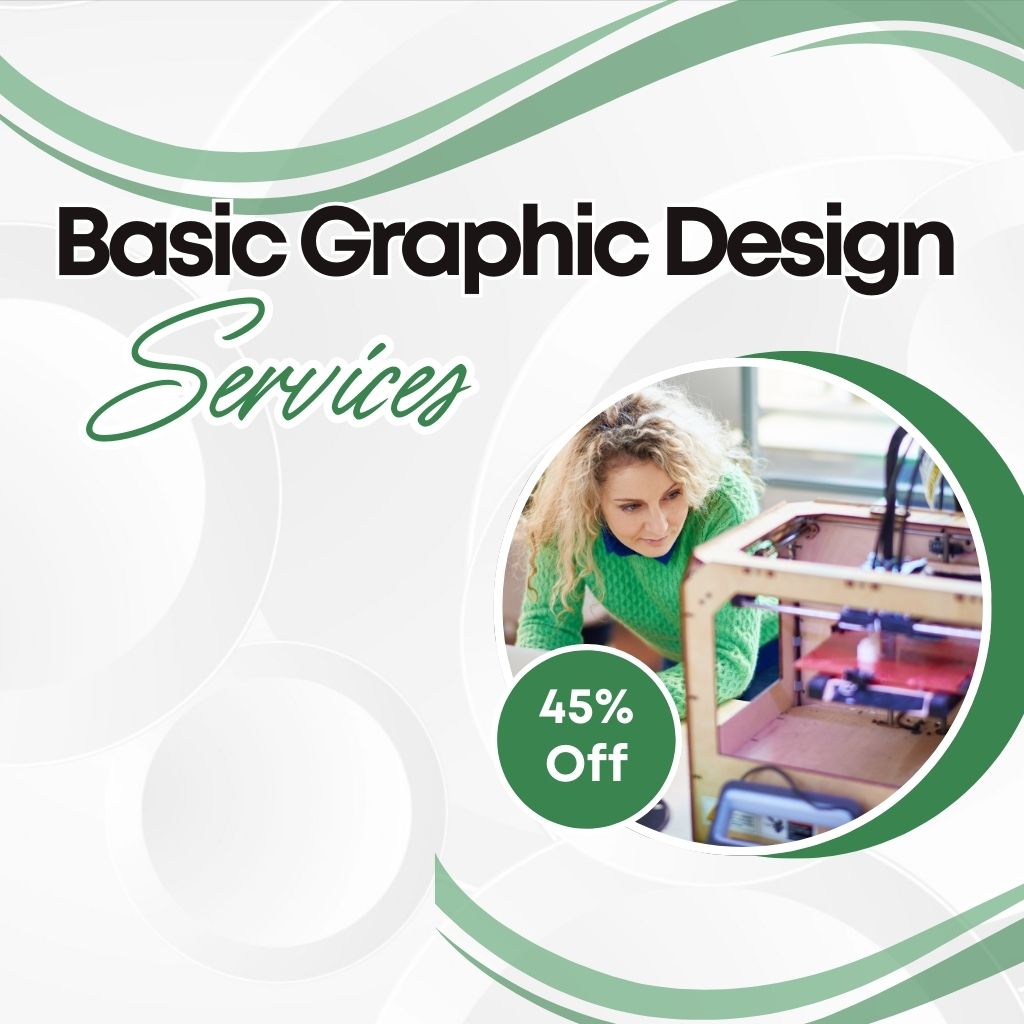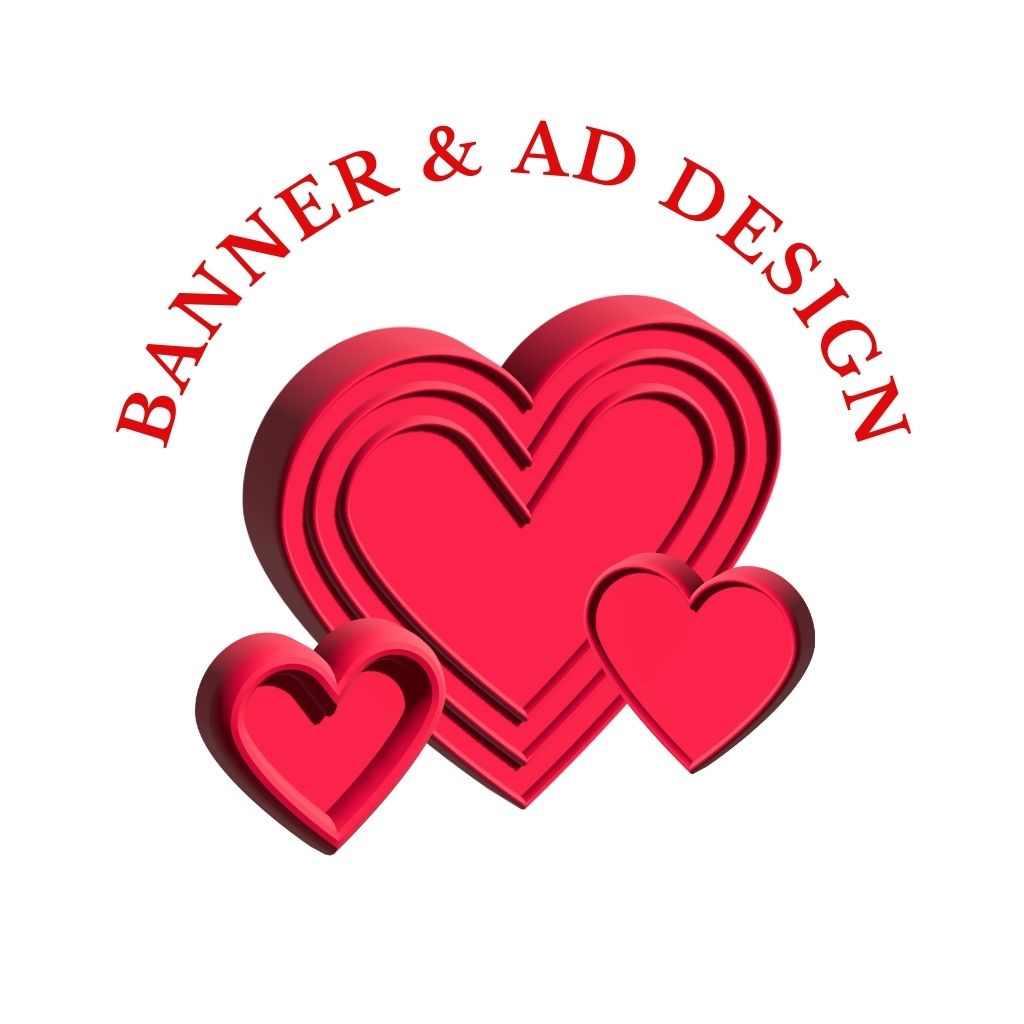
Introduction: The Power of Visual Communication
In a world where attention spans are shorter than ever, visual content is the ultimate storyteller. Whether it’s a striking logo, a beautifully designed website, or engaging social media graphics, graphic design services play a pivotal role in how businesses connect with their audience.
Graphic design is no longer just about aesthetics; it is about strategic creativity — blending art and purpose to create visuals that inspire, engage, and convert. Businesses that invest in professional design don’t just build brands; they craft experiences that leave lasting impressions.
1. Why Graphic Design Services Are Essential for Every Business
Great design isn’t a luxury — it’s a necessity. In competitive markets, where brands are fighting for visibility, professional graphic design services deliver:
-
Strong Brand Identity: Your visuals define how people perceive your brand. A consistent and polished design builds credibility.
-
Enhanced Communication: From digital ads to presentations, design translates complex messages into simple, engaging visuals.
-
Increased Engagement: Quality graphics capture attention and drive interactions across platforms.
-
Professionalism and Trust: A cohesive design strategy signals reliability and attention to detail.
Imagine walking into a store with poorly designed signage versus one with a modern, cohesive aesthetic — your perception of quality changes instantly. That’s the power of design.
2. The Core Elements of Professional Graphic Design Services
Graphic design covers a spectrum of services that businesses can leverage for growth. Here are the core areas where design shines:
a) Logo and Brand Identity Design
A logo is the visual signature of your business. Combined with typography, color palettes, and design guidelines, it lays the foundation for a memorable brand identity.
b) Marketing Collateral
From brochures and flyers to posters and presentations, these tangible and digital assets are vital for effective customer outreach.
c) Website and UI/UX Design
Your website is often the first interaction customers have with your brand. A user-friendly, visually appealing interface can turn casual visitors into loyal clients.
d) Social Media Graphics
Social platforms thrive on visuals. High-quality templates, infographics, and video thumbnails help you stand out in crowded feeds.
e) Infographics and Data Visualization
Design turns raw data into engaging, easy-to-digest visuals, making complex information simple and attractive.
f) Packaging Design
For product-based businesses, packaging is often the silent salesman. Well-designed packaging enhances perceived value and attracts buyers.
g) Advertising Design
Creative, conversion-focused ads — whether print, digital, or outdoor — amplify your marketing campaigns and drive measurable results.
3. The Design Process: Turning Concepts into Creations
Professional graphic design services follow a structured creative workflow to ensure consistency and quality:
-
Research & Discovery: Understanding your brand, audience, and goals.
-
Conceptualization: Brainstorming innovative ideas aligned with your objectives.
-
Design Development: Bringing concepts to life with colors, typography, and imagery.
-
Feedback & Iteration: Collaborating with clients for refinements.
-
Delivery: Providing final, versatile assets ready for print and digital use.
This collaborative process ensures every project delivers impact and aligns with your vision.
4. The Impact of Design on Branding and Marketing
Every successful brand is built on strong visual storytelling. Here’s how graphic design enhances branding and marketing efforts:
-
Creates instant recognition through consistent visuals.
-
Builds trust and credibility, influencing buying decisions.
-
Boosts engagement rates across platforms.
-
Turns campaigns into memorable experiences that stick with your audience.
When design aligns with strategy, it becomes a powerful driver of growth.
5. Key Trends Shaping Modern Graphic Design
The graphic design industry is constantly evolving. Staying on top of trends keeps your brand fresh and competitive:
-
Minimalism: Clean, clutter-free visuals with a focus on key elements.
-
3D and Motion Graphics: Adding depth and movement to captivate audiences.
-
Sustainable Design: Eco-friendly concepts and earthy tones for conscious branding.
-
Personalized Visuals: Hyper-customized designs for niche markets.
-
AI-Enhanced Creativity: Streamlining workflows and sparking innovative concepts.
Embracing these trends helps businesses stay ahead in a visually driven marketplace.
6. Choosing the Right Graphic Design Partner
Selecting the right partner is crucial for achieving high-quality, strategic designs. Consider these factors:
-
Portfolio and Expertise: Review past work for creativity, consistency, and relevance.
-
Industry Knowledge: Choose a partner familiar with your market.
-
Communication and Collaboration: Ensure they understand and share your vision.
-
Flexibility and Support: Look for services that grow with your business needs.
-
Client Reviews: Testimonials can highlight reliability and quality.
A trusted partner doesn’t just deliver designs — they help elevate your brand identity.
7. Maximizing ROI from Graphic Design Services
Graphic design is an investment, not an expense. To maximize value:
-
Provide clear, detailed briefs for every project.
-
Stay open to creative ideas and expert suggestions.
-
Maintain consistent branding across platforms.
-
Regularly review performance metrics to optimize designs.
When you see design as a growth tool, you unlock long-term returns in visibility, engagement, and loyalty.
8. Success Stories That Inspire
Real-world examples show how powerful design drives success:
-
A tech startup tripled engagement by revamping its app interface for a better user experience.
-
A local café boosted foot traffic by 40% after refreshing its logo and menu design.
-
A retail brand doubled online sales by using cohesive visuals across email campaigns and social media.
These stories prove that strategic, professional design transforms businesses.
9. The Future of Graphic Design
The future of graphic design is innovation-driven, merging creativity with technology. Brands that embrace AI tools, immersive experiences, and sustainable practices will lead the way in connecting with modern audiences.
10. Final Thoughts
Graphic design services are more than just a creative solution; they are the heartbeat of brand success. From logos to websites, and from marketing collateral to motion graphics, professional design delivers results that go beyond aesthetics.
In a competitive world, where every detail matters, investing in professional design ensures your brand is not just seen but remembered and trusted.
Read more > https://datahome.solutions/graphic-design-services-transforming-brands-with-visual-innovation/
#GraphicDesign #BrandIdentity #CreativeStrategy #VisualMarketing #DesignInnovation #DigitalBranding #MarketingSuccess

